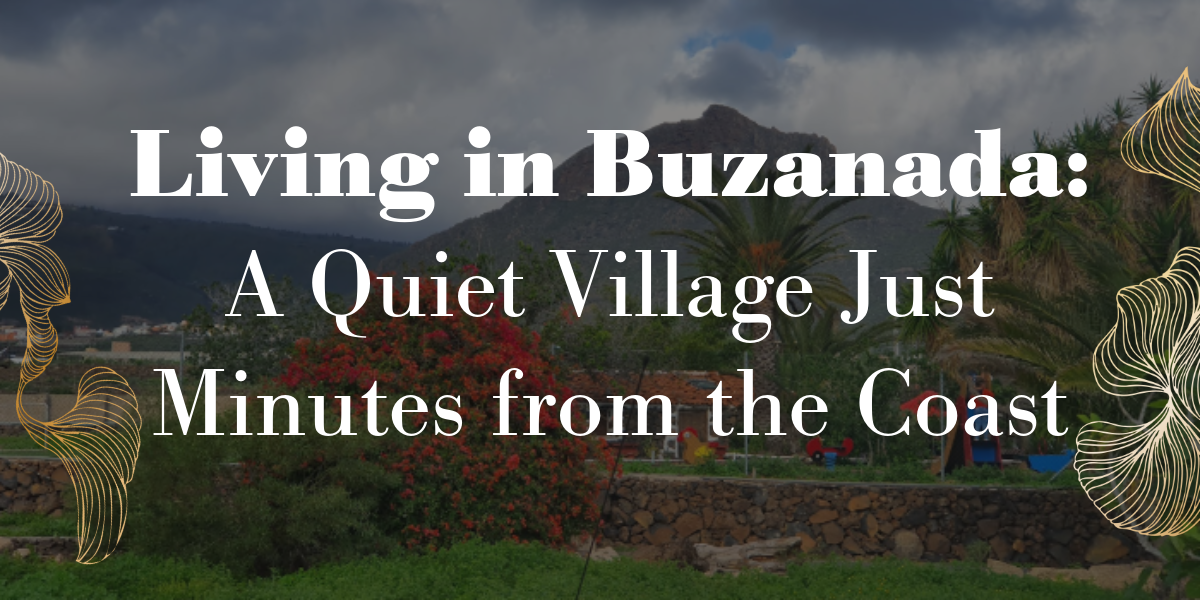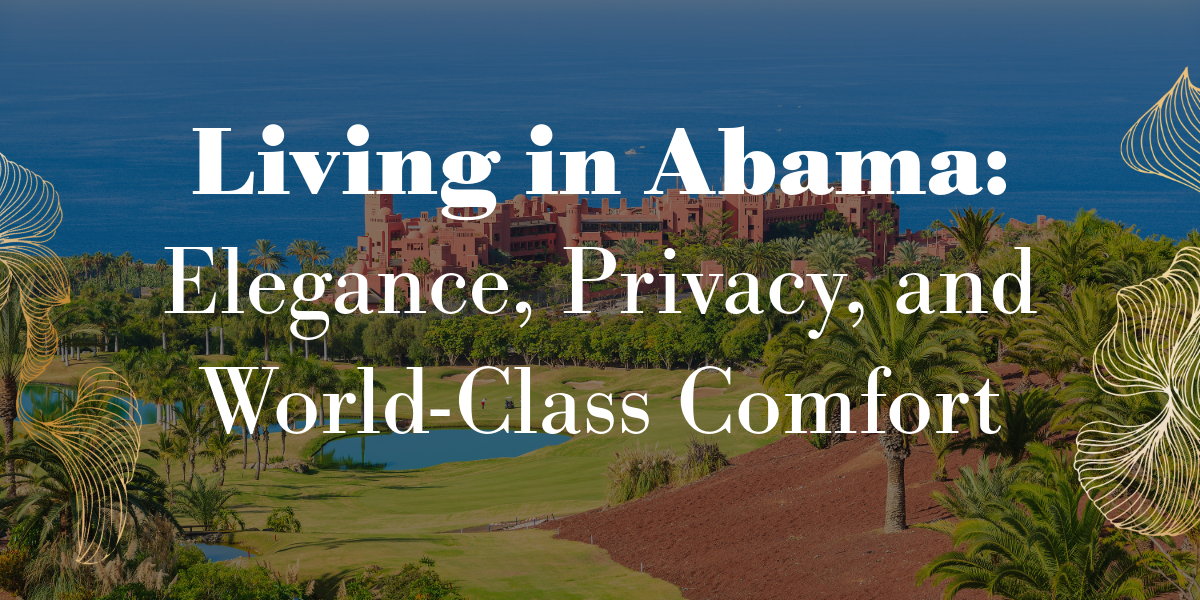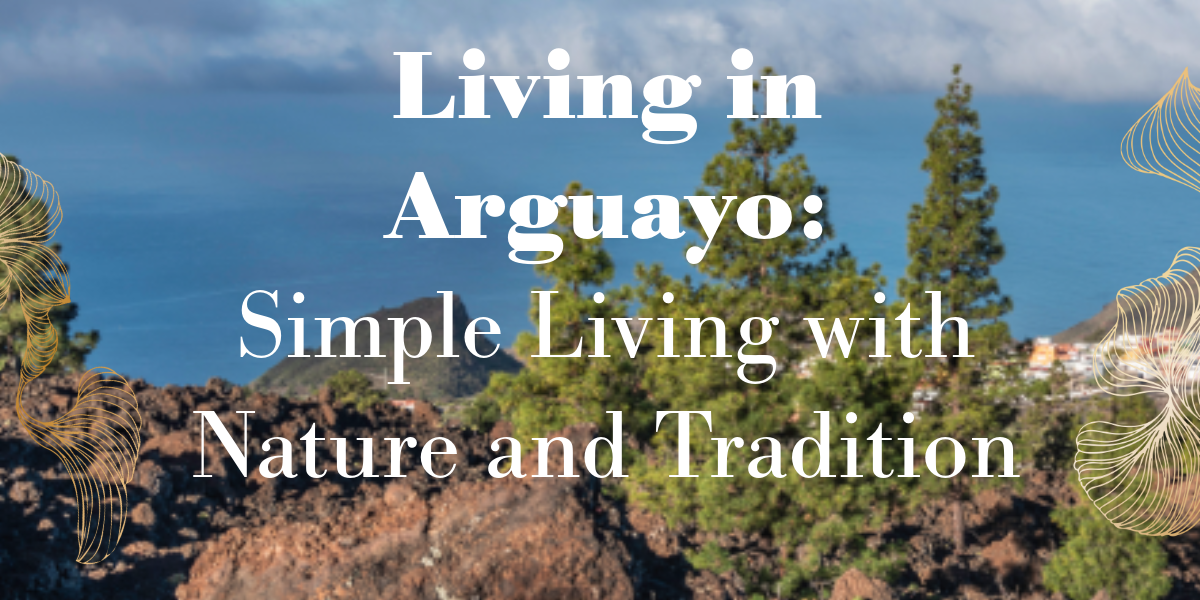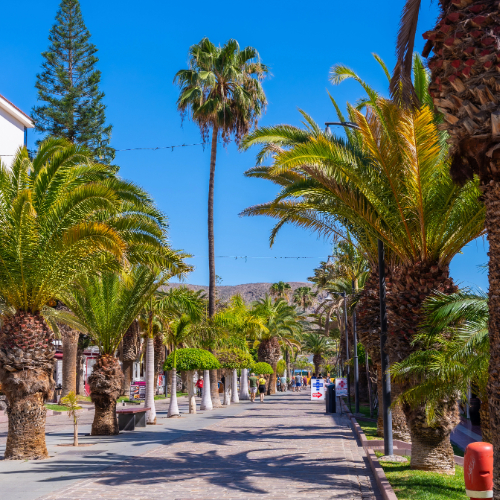What Is the Real Price Per m² in Tenerife South?
Buying property in South Tenerife means investing in one of Spain’s most dynamic real estate markets. But what’s the real price per square meter (m²) for residential properties in this sought-after region? Below we break down current residential prices (not commercial) by key zones – from bustling tourist hotspots to tranquil residential enclaves – and examine market trends, projections, and factors that may influence future pricing.
Price Per m² in Key Tourist Zones
South Tenerife’s tourist hubs command some of the island’s highest property prices. These areas are in constant demand for holiday homes and buy-to-let investments, reflected in their price per m²:
Costa Adeje | |
This luxury resort area (including zones like Fañabé and Torviscas) averages about €5,320 per m² for residential properties. Costa Adeje is among the most expensive locales in Tenerife thanks to its five-star hotels, beaches, and upscale amenities. Prices have risen modestly year-over-year; for example, Idealista data shows Adeje up around +3% vs. last year, reflecting steady demand. |
|
Playa de Las Américas | |
| |
Los Cristianos | |
A vibrant beach town popular with expatriates and tourists, Los Cristianos averages about €4,800 per m² for residential properties. This is slightly more affordable than neighboring Las Américas, yet still high due to its seaside location and amenities. Prices have climbed year-over-year, in line with the general upward trend in south Tenerife’s tourist zones. |
|
Insight: Tourist hotspots carry a price premium, often €4,500–€6,000+ per m², thanks to their rental potential and limited supply. These areas see heavy foreign buyer interest, especially from British and Northern European investors, which helps sustain high values.
Price Per m² in Residential Enclaves
Beyond the tourist strips, South Tenerife offers residential neighborhoods prized for their tranquility and quality of life. These zones are slightly inland or tucked away from the main resorts, and while prices are a bit lower than beachfront areas, they are still significant:
| ||||
An upscale residential area above Fañabé, known for modern villas and apartments. Average prices are around €3,800–€4,000 per m², according to Idealista data for El Madroñal de Fañabé. Spacious villas here may have higher per m² values (some listings suggest ~€4,800/m² for larger homes), but generally El Madroñal offers a slight “value” compared to frontline Costa Adeje. Its popularity with families and expats keeps demand strong. |
| |||
Chayofa (Arona) | ||||
A peaceful hillside community just above Los Cristianos. Chayofa’s residential prices average about €4,100 per m². This area features villas and townhouses with more land, so while per m² cost is lower than beachfront, total property prices can be substantial. The village feel and proximity to resort amenities make Chayofa a consistent draw for buyers seeking tranquility without being too far from the action. |
| |||
Palm-Mar (Arona) | ||||
A secluded coastal residential area near El Palm-Mar reserve. Palm-Mar’s properties average roughly €4,540 per m². The area has seen new development in recent years (modern apartments and villas), attracting foreign buyers for its quiet seaside charm. Its price per m² is high – on par with city-center levels – reflecting limited supply and growing popularity. |
| |||
| ||||
A luxury hillside zone overlooking Costa Adeje’s coastline (just above San Eugenio Bajo/Puerto Colón). Here, expect about €4,360 per m²on average. San Eugenio Alto is known for private villas and high-end apartment complexes with panoramic views. It’s slightly less per m² than properties right at the water (indeed, down the hill in San Eugenio Bajo, prices top €6,300/m²), but still firmly in the luxury bracket. |
|
Insight: These residential zones, while a bit removed from the tourist frenzy, have prices per m² not far behind the resorts. Many offer modern builds, sea views, or larger lot sizes, contributing to prices in the €3,500–€4,500/m² range. They appeal to long-term residents and second-home owners, which keeps their market robust.
Year-over-Year Market Trends
South Tenerife’s property market has experienced remarkable growth over the past few years. Both 2023 and 2024 saw double-digit price increases island-wide, outpacing Spain’s national average. Some key trends:
Surging Prices: As of April 2025, home prices in the province of Santa Cruz de Tenerife (which includes Tenerife South) jumped about +18% compared to April 2024. This is part of a broader Canary Islands boom – 2023 ended with a +22.5% annual rise in Canary property prices, a rate “reminiscent of the pre-2007 housing bubble” according to Fotocasa’s index. In fact, Canary Islands house prices in 2023 hit their highest on record (≈€2,421/m² average), 15% above the 2007 peak. | Tourist Zone Premiums: The hottest areas (Costa Adeje, Las Américas, etc.) have led the growth. For instance, Adeje’s average price (~€4,300/m² in early 2025) is up over 10% vs. 2020, reflecting steady appreciation. Some micro-markets saw slight corrections or plateaus in late 2024, but overall trendlines point upward. Notably, Tenerife’s top districts have reached ~€5,000–€6,000/m², approaching upscale Marbella levels, though still below Balearic Islands extremes. | Resilience in Demand: Despite rising interest rates in Europe, demand for Tenerife property remains resilient. Foreign buyers especially continue to play a major role in the market’s dynamism. In 2024, analysts observed sustained interest from overseas investors, contributing to constant price growth even as some mainland markets cooled. Local demand exists too (often for investment or relocation), but the international appeal of Tenerife (climate, lifestyle, holiday rental yields) has been a key driver in pushing prices upward. |
In summary, the past year has been exceptionally strong for Tenerife South real estate – prices climbed by double digits year-on-year, inventory in prime areas remained scarce, and buyer demand (notably from abroad) kept competition high.
Future Projections and Influencing Factors
What’s next for Tenerife South’s property prices? As Director of Luxury World Properties, I closely monitor market signals and expert forecasts. The consensus among many real estate analysts is for continued stability with moderate growth in the near term. However, several factors will influence how prices evolve:
Limited Supply & Building Restrictions: A critical support for prices is the scarcity of developable land. Much of Tenerife is protected or zoned rural, severely restricting new construction. In high-demand southern zones, new builds are few and sell at a premium. This structural low supply, combined with steady demand, suggests prices are unlikely to drop sharply. Existing properties hold value because there are simply not many new ones coming to market. |
Foreign Demand & Policy Changes: Foreign interest (from EU and beyond) is expected to remain strong, but there is a new wrinkle: Spain recently ended the Golden Visa via property investment (as of April 2025). Non-EU buyers used to gain residency by investing ≥€500K in property; that route is now closed. Additionally, the Spanish government has even floated proposals for steep taxes on non-EU buyers (in extreme, up to 100% of property value) as a measure against speculative investment. How might this impact Tenerife? Likely only marginally in the luxury segment – many foreign buyers in Tenerife South are lifestyle-motivated (sun and quality of life) or retirees, rather than purely visa seekers. The Golden Visa’s relevance was mostly for those needing residency; affluent buyers may proceed regardless, though we could see a slight cooling at the ultra-high-end if fewer investors come solely for residency benefits. |
Tourism & Rental Yields: South Tenerife’s tourism is booming, which indirectly boosts residential prices. Investors consider the short-term rental yields and the island’s year-round occupancy when buying. Any changes in tourism trends or rental regulations could influence demand. For now, holiday rental returns remain attractive, adding an investment premium to properties in tourist areas (and even in quiet zones like Palm-Mar which are now on tourists’ radar). |
Economic Outlook: Broader economic factors like interest rates and inflation play a role. The European Central Bank’s rate hikes have so far had limited cooling effect on Canary Islands property – as noted, prices “show no signs of cooling” even after a year of rate rises. If financing costs continue to climb, we might eventually see demand temper, especially among local buyers reliant on mortgages. However, a significant portion of south Tenerife transactions are cash buys or foreign-funded, insulating the market somewhat. Barring any major global downturn, the outlook is for price growth to ease to more normal single-digit levels, rather than the frenzied increases of the past two years. |
Legal & Regulatory Context: Spain’s regulatory environment (from rental laws to regional planning rules) can impact investor confidence. The Canaries currently benefit from being seen as a stable, regulated market with no outright bans on foreign buying. Any future measures (for example, stricter vacation rental licenses or new taxes) would be worth watching. As of now, the market operates under free EU investment movement, and Tenerife’s local government has shown interest in encouraging quality tourism development while preserving natural land – a balance that tends to keep supply limited and values highluxurywp.com. |
Conclusion
For prospective buyers and investors, the real price per m² in Tenerife South varies by location: from around €3,500–€4,500 in residential hillsides up to €5,000–€6,000 in prime coastal resorts, as detailed above. All figures refer to residential use properties (villas, apartments, houses) – the market for commercial real estate is separate and follows different dynamics. The year-on-year growth in this market has been impressive, underpinned by strong demand, limited supply, and the island’s perennial appeal. While future price increases may moderate compared to the last two years, South Tenerife’s property values are broadly expected to remain on an upward trajectory, supported by the factors discussed.
In essence, Tenerife South offers a high-end, resilient real estate market. Buyers get not just a home in the sun, but an asset in a market characterized by stability and sustained demand. As always, it’s wise to rely on up-to-date local data and expert guidance. With legal changes (like the Golden Visa adjustments) and ongoing economic shifts, having an experienced team to navigate the market is invaluable. At Luxury World Properties, we are continuously analyzing these trends to advise our clients. Whether you’re eyeing a beachfront condo in Costa Adeje or a tranquil villa in Chayofa, understanding the real price per m² and the context behind it will help ensure a sound investment in Tenerife South’s vibrant property market.
Sources: Idealista; Fotocasa Index; Luxury World Properties Market Report; Indomio; Fotocasa Professional Blog; RTVC Newsfotocasa.esfotocasa.esfotocasa.esfotocasa.esidealista.comrtvc.esluxurywp.comimidaily.com.
Artículos recientes

7 de agosto de 2025 07/08/2025
Living in Chayofa: A Peaceful Hillside Retreat Near the Action
Chayofa is a quiet, green hillside village locate…

7 de agosto de 2025 07/08/2025
Living in Buzanada: A Quiet Village Just Minutes from the Coast
Buzanada is a tranquil inland village located in …

7 de agosto de 2025 07/08/2025
Living in Abama: Elegance, Privacy, and World-Class Comfort
Abama is the most prestigious residential resort …

7 de agosto de 2025 07/08/2025
Living in Arguayo: Simple Living with Nature and Tradition
Arguayo is a small mountain village located in th…

7 de agosto de 2025 07/08/2025
Living in Tamaimo: Authentic Canarian Life in the Hills
Tamaimo is a quiet mountain village in the munici…






